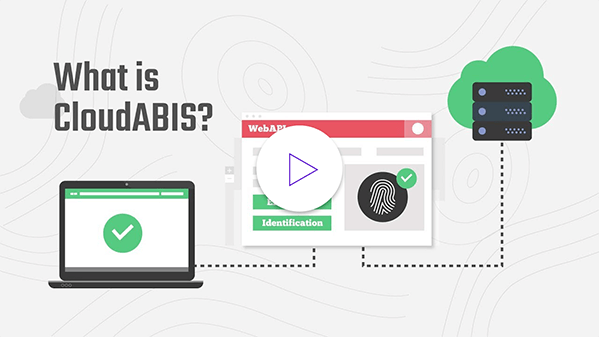Biometrics and the Human Factor in Smart Grid Testing
Technology has upgraded old electricity grids, making them significantly more efficient. However, introducing a two-part pathway where power and information flow in both directions has enabled criminals to carry out more frequent, sophisticated cyberattacks on smart grids.
Traditional security measures can have limited impact. Locking down this energy infrastructure may require a more human approach, including biometric testing.
Smart Grid Impacts and Vulnerabilities
Smart grids meld modern networking technologies with electricity production and distribution. Digitization offers various benefits, from effectively generating and managing power resources to ensuring reliable delivery. Businesses can adjust operation schedules or view relevant data as they please.
Smart grids are prone to various threats. For example, criminals can commit cyberattacks like tapping into power lines and raising customer costs. Others also steal energy, using someone else’s electricity without paying a single cent.
Businesses have tried addressing such vulnerabilities by detecting tampering and improving close monitoring. While these work to some degree, authentication weaknesses can still leave smart grids defenseless when it matters.
Using Biometrics in Smart Grid Testing
There’s a significant lack of human-centered testing approaches for smart grids. Thankfully, integrating biometrics will add those elements. Here are some advantages of this move.
- Require unique human traits: Each person’s specific biometric data differs, making replication difficult. Technology like face localization and recognition results in an accurate profile businesses can use to distinguish identities and pinpoint people involved in a security breach.
- Strengthen access control: Since biometrics records unique data, it can serve as a passcode that’s impossible to guess and harder to hack. Scanners can record people’s fingerprints and use them as a basis for restricting access. It also adds a layer of simplicity when inputting the data compared to a written password.
- Offer continuous authentication: While smart grid connectivity is extremely useful, it also increases the threat of cyberattacks and may require increased cybersecurity measures. A real-time digital monitoring system with robust encryption protects the grid. Biometric data can provide continuous authentication to keep those updates and sensitive information safe.
What Biometric Security Testing Looks Like
Biometrics are an excellent security measure that can also help with smart grid security testing.
- Simulate threats: Biometric-authenticated personnel can still be an insider threat when managing the smart grid. Running audits and simulating possible threats can enhance the security system’s ability to detect complications and encourage employee compliance.
- Secure access points: IT departments can implement and assess effective system responses to unauthorized biometric access attempts.
- Assess user experience: Biometric technology has a small learning curve for first-time users. Smart grid security tests should also evaluate these systems’ user-friendliness to determine whether they are easy to adapt to.
How Biometrics Can Advance the Smart Grid
Biometric technology enhances threat detection and strengthens authentication within the smart grid. Businesses can redirect resources to other critical aspects of security testing by streamlining identity verification. As these methods advance, they reinforce business credibility and inspire customer trust.
Ongoing developments in biometrics pave the way for innovative security techniques that counter evolving threats. Additionally, they expand the smart grid industry, accelerate the digitization of electrical distribution and shape the future of energy management.
Addressing the Potential Challenges
As advantageous as biometrics and human elements in smart grid testing may be, they still need refinements to avoid weaknesses. For instance, initial adoption may be low among employees, as it requires them to input unique information. Staff resistance also occurs when people don’t understand biometrics and worry it is too complex.
Address these privacy concerns by providing training sessions and seminars. Personnel must understand the advantages of using biometric security measures and testing before accepting it.
There are also technical considerations to prepare for. Biometric technology can offer robust authentication but can still be prone to physical tampering. Errors can also occur due to inaccuracies and outdated devices. Businesses that want to take advantage of the smart grid should invest in advanced, high-quality systems.
Change Smart Grid Testing
Smart grids are ready to make the electricity system more cost-effective. The addition of biometric technology can assist in boosting its resilience against cyber threats. While there is still more to address, businesses must recognize a worthwhile investment.











